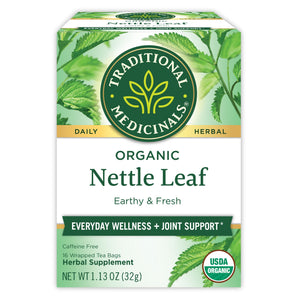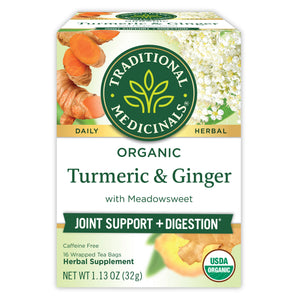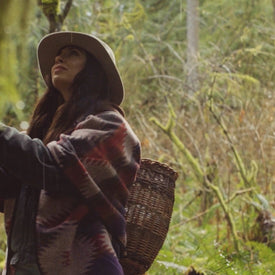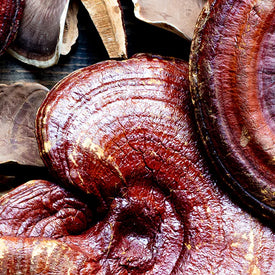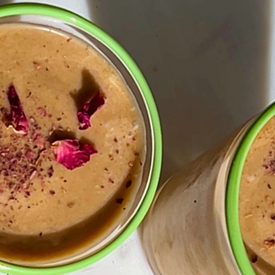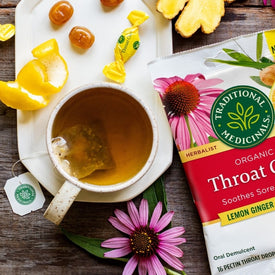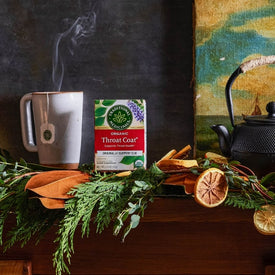Don’t let nettle’s feisty sting scare you! Nettle, or Urtica dioica, has been used for over 2,000 years as a powerful spring tonic, to promote joint health and overall wellness. The benefits of this plant might come as a shock to many gardeners, who have spent hours of their lives carefully removing this “weed” from their gardens. We propose looking at this spring green a bit differently. Consider it as a powerful herb, that’s rooted in traditional use. Nettle’s earthy green taste and nurturing qualities remind us that spring has arrived to nourish us and help us blossom.*

We can see why nettles might be misunderstood. Almost every part of the plant is covered with tiny hairs called trichomes that release an irritating substance almost instantly when touched. Even though these chemicals are aggravating, they’re a huge part of this plant’s defense mechanism. In the photo above, taken by our in-house botanical microscopist, you can see the trichome of a stinging nettle. This is the part that’s responsible for the “venom” of the plant.

Underneath this fierce exterior is a powerful tonic that actually works rather gently and effectively when used consistently over time. Many traditional cultures would forage for this spring green and prepare it as food. When the leaves are blanched, dried or cooked down, the nettles lose their sting. When eaten, this plant is a good source of vitamin A and calcium. Nettle pesto, pasta, soup and bread are just a few of the many nourishing dishes you can create with this multi-faceted herb. This spring ritual brings an even deeper meaning to Hippocrates’ (the man behind the Hippocratic Oath) idea of using food as herbal medicine.

If you’re lost in the woods, nettles may become your closest friend. Not only does this nutritious green provide sustenance, its fibers can also be transformed into rope (also referred to as cordage). This rope can be used to tie herb bundles together, create a makeshift fishing line or woven together to make a necklace.

Whether you need an earthy tonic tea, a hearty pesto or a rope in a desperate situation, nettles are here for you. We love the fact that this herb grows so abundantly throughout North America; it is a great reminder of all the treasures around us that nature provides. Now the next time you see another “weed” or “nuisance” plant, we hope you’ll remember that each plant has a powerful story just waiting to be told.
To learn more about medicinal weeds, be sure to check out our article “A Peek Inside: Roasted Dandelion Root.”


